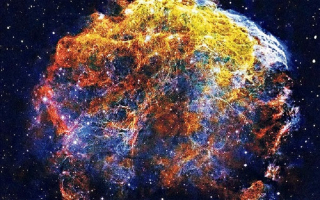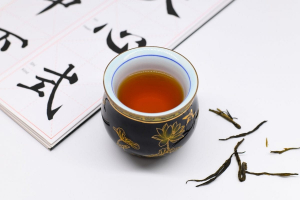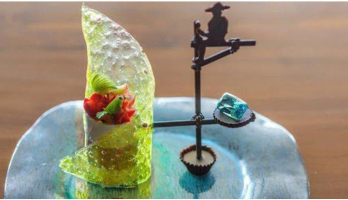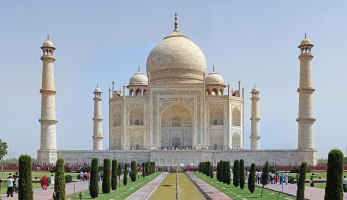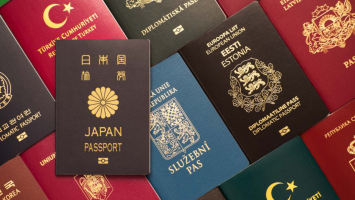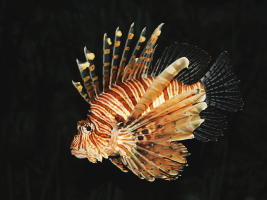Top 10 Most Expensive Items in the World (By Weight)
There are many pricey goods in the world. If you like extremely fast cars, you could spend around $5 million on a Koenigsegg CCXR Trevita. A automobile is a ... read more...large machine, therefore it is obvious that a lot of work goes into manufacturing one. In terms of overall cost, there are other things in the world that, pound for pound, absolutely embarrass anything like a vehicle or a private plane. Some things have exorbitant price tags when measured in grams and ounces.
-
Anyone who has watched Star Trek knows that antimatter must be handled carefully, but it is also likely to be rather useful to have on hand if you need to maintain your warp engine. Warp drives do not yet exist in the real world, but antimatter does.
Like its name suggests, antimatter is fundamentally the opposite of regular matter. The particles of antimatter function subatomically in the opposite direction from those in regular matter, giving them a reverse-charge. Antimatter has negative antiprotons and positive positrons in place of positive protons and negative electrons.
Matter and antimatter were both produced at the beginning of the cosmos. Antimatter did not prevail in the Betamax-style combat, but it appears that it did. Antimatter is still present, it is just considerably less abundant.
When matter and antimatter collide, the two obliterate one another and produce energy. Since antimatter would destroy anything it is placed in, creating it is tough because you can't store it in anything physical. However, we can still make a small amount of magnetically-held antimatter. Simply put, it's difficult and expensive to do, more so than at any other time in history. That is not exaggeration. The most expensive creation that humans have ever built is antimatter.
The cost of producing antimatter, which can only ever be 50% effective because it will simultaneously create 50% of matter, is $62.5 trillion per gram of antihydrogen. That exceeds the approximate $37 trillion worth of tangible money that is now in use worldwide.- Cost: $62.5 trillion per gram

Image by Pixabay via pexels.com 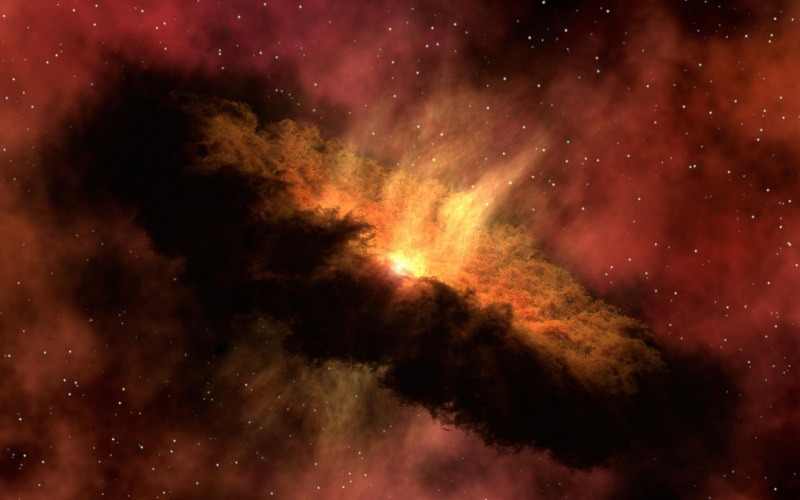
Image by Pixabay via pexels.com -
In 1950, they developed Californium at the University of California, Berkeley. It has the second-highest atomic mass of any element and is located at position 98 on the Periodic Table of Elements. It is created in particle accelerators and nuclear reactors and is actually in fairly high demand.
Because it emits neutrons, Californium is useful for igniting new nuclear reactors. Additionally, it is helpful for practical scans of a variety of materials and for various forms of radiation therapy, such as for the treatment of brain cancer.
In order to examine the innards of something like delicate weapon systems or just rocks in order to hunt for things like gold or groundwater, you can bombard something with California neutron emissions, which are a very powerful alternative to x-rays. California has a price tag that corresponds to all of its useful applications. Californian uranium presently sells for about $27 million per gram.
- Cost: $27 million per gram
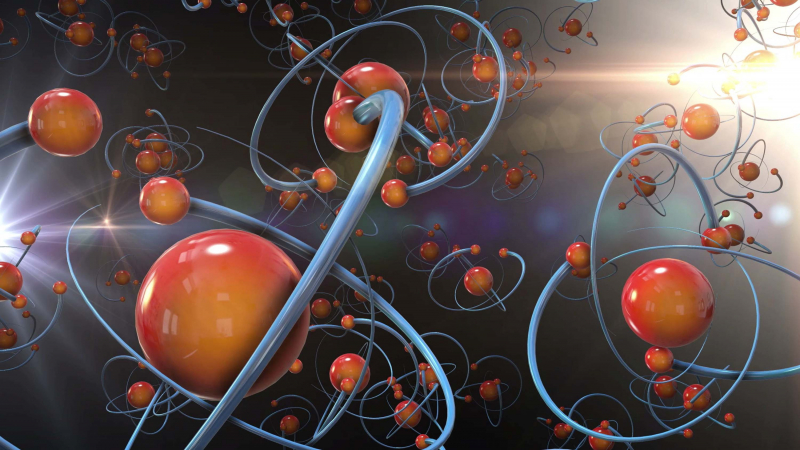
Image by Tomislav Jakupec from Pixabay 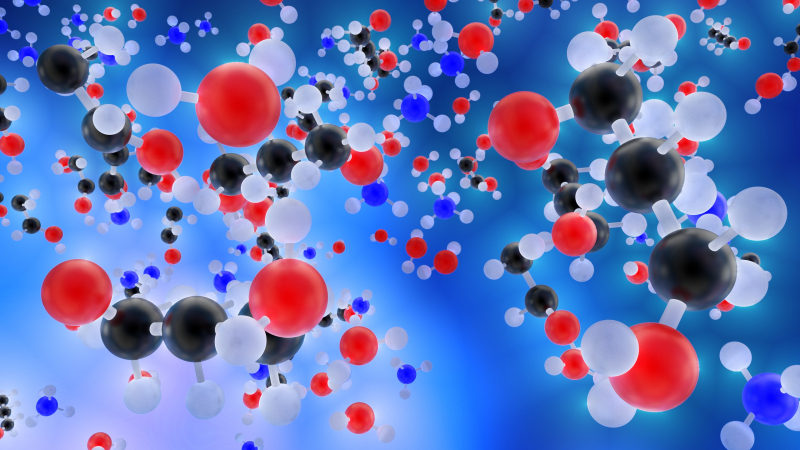
Image by MasterTux from Pixabay -
One of the rarest gemstones in the world, if not the rarest, is painite. They are deeply colored like rubies, and they cost money, just like diamonds. Only two of them had ever been carved into gemstones for jewelry as of 2004 due to their extreme rarity. Before 2001, there were only three crystals that were known to exist.
Painite is so rare that it can cost up to $60,000 per carat. According to what we witnessed earlier with diamonds, a gram of painite might cost roughly $300,000 or more. More samples of the stones, many of inferior grade, have been discovered over the past twenty years. The cost has decreased as a result, but the most expensive stones still command exorbitant prices.- Cost: $60,000 per carat
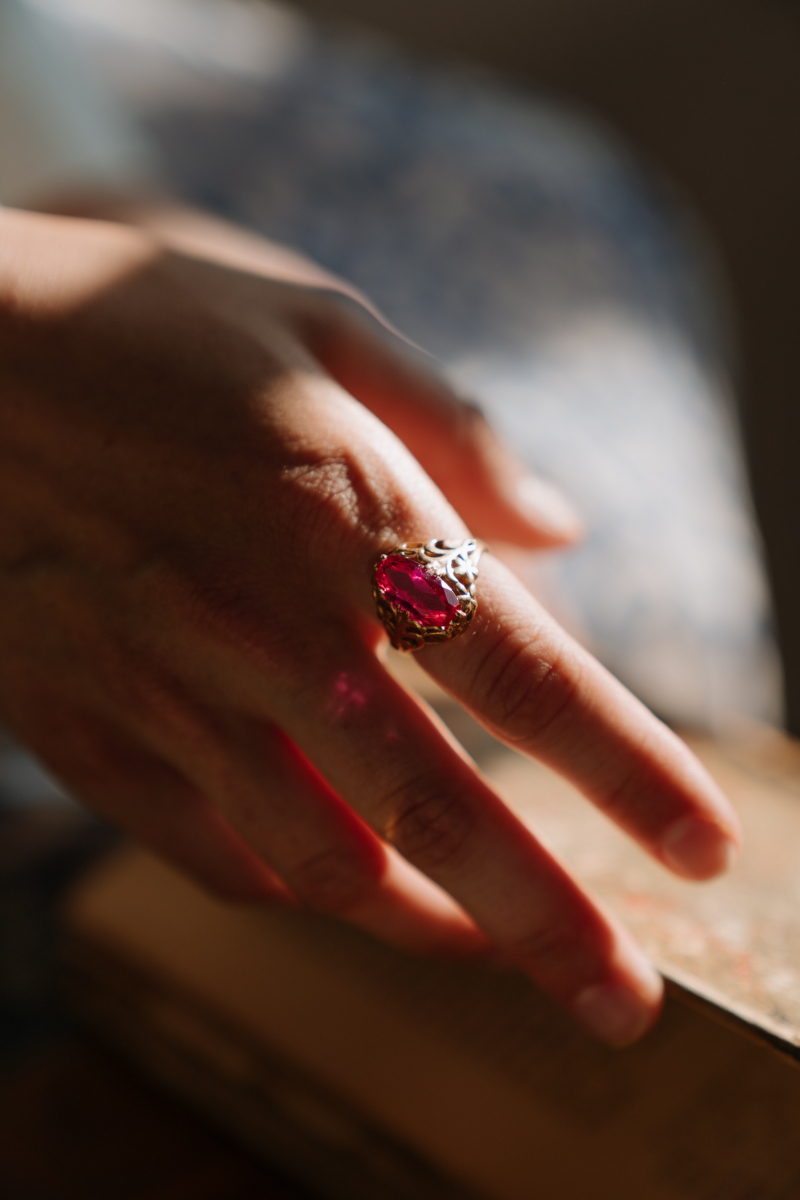
Image by cottonbro studio via pexels.com 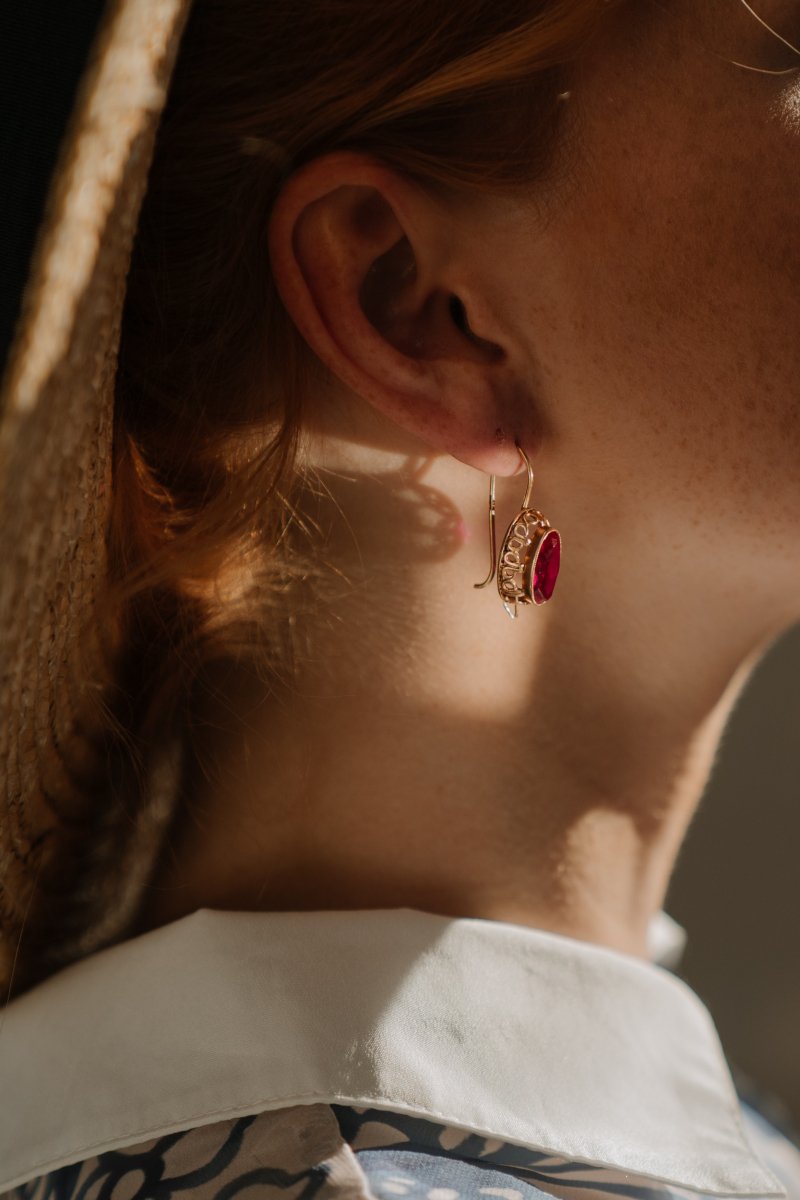
Image by cottonbro studio via pexels.com -
There are locations in Africa and the Middle East where you can find the Deathstalker Scorpion, which has a great name. These little creatures are usually less than three inches long, and while their venom is strong enough to make you regret coming into contact with one, it shouldn't be fatal unless you get an allergic reaction.
However, the venom they produce is a remarkable substance, and science is interested in learning more about it. It has demonstrated value in the study of numerous diseases, including diabetes and brain cancers.The difficulty of obtaining the venom makes it difficult to use it for study. One of these scorpions, at three inches long, is probably not going to generate much. Additionally, you will regret it if you get stung while harvesting it. A grain of sugar-sized drop of venom costs roughly $130. For some reason, if you wanted a gallon of it, you'd spend the entire $39 million limit on your credit card.
A Moroccan business has actually created a machine that can milk scorpions four at a time, and does so much more quickly than humans. This is currently the most costly liquid in the world, but that could change in the future.- Cost: $39 million per gallon

Image by Sippakorn Yamkasikorn via pexels.com 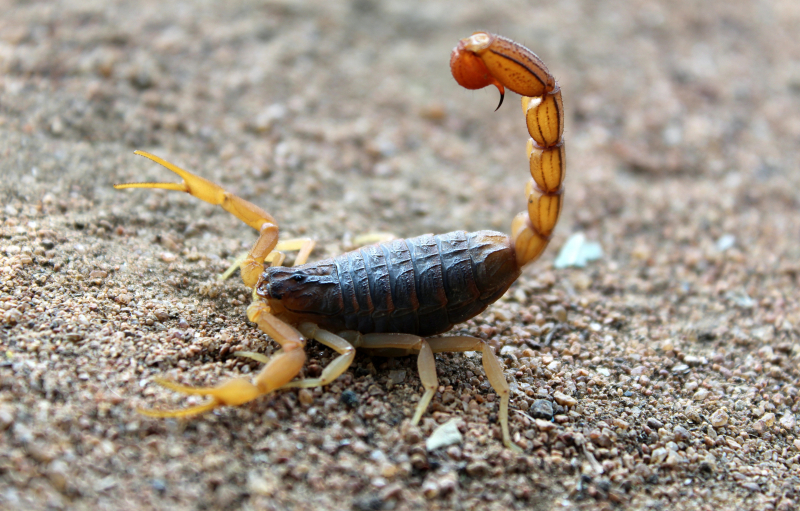
Image by Sharath G. via pexels.com -
In the field of precious jewels, diamonds remain popular. There are really a few stones available that are more valuable than diamonds; we'll discuss the most expensive one later. But since they're all essentially the same in terms of appearance and cost, it's important to comprehend why a diamond, which is well-known to everyone, is so pricey. also how much they are worth.
Typically, diamonds are sold by the carat, which is a measurement that is difficult to convert to weight. What would a pound of diamonds cost if a pound of bacon cost a few dollars? It is not the simplest thing to understand.A carat of diamond weighs 200 milligrams. So a five carat diamond weighs one gram in total. If you've ever purchased diamond jewelry, you now understand just how pricey diamonds are per gram as well as why they are sold by the carat rather than the gram because it makes the price seem more affordable. Additionally, a five-carat diamond is far more difficult to find and purchase than lesser ones.
There is more to a diamond's price than just its weight because not all diamonds are created equal in terms of color and clarity. However, a one-gram diamond of low quality costs roughly $36,000. Over ten times as expensive, a one gram diamond costs $395,000.- Cost: $36,000~ $395,000 per gram
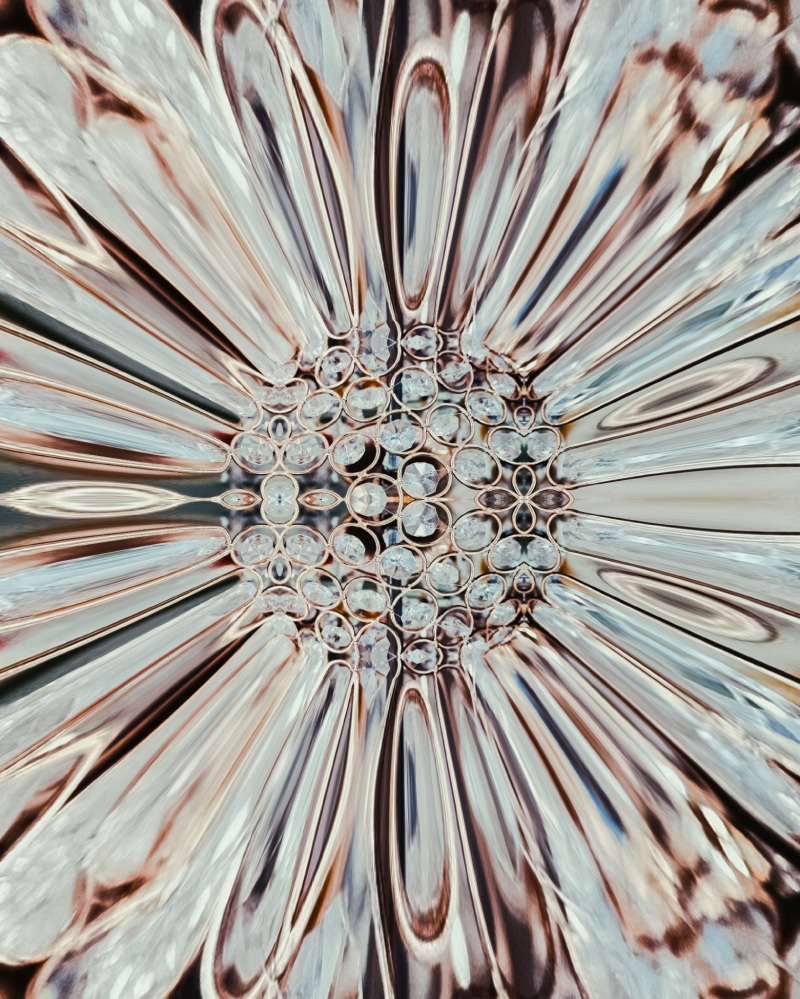
Image by Татьяна Чернышова🍒 via pexels.com 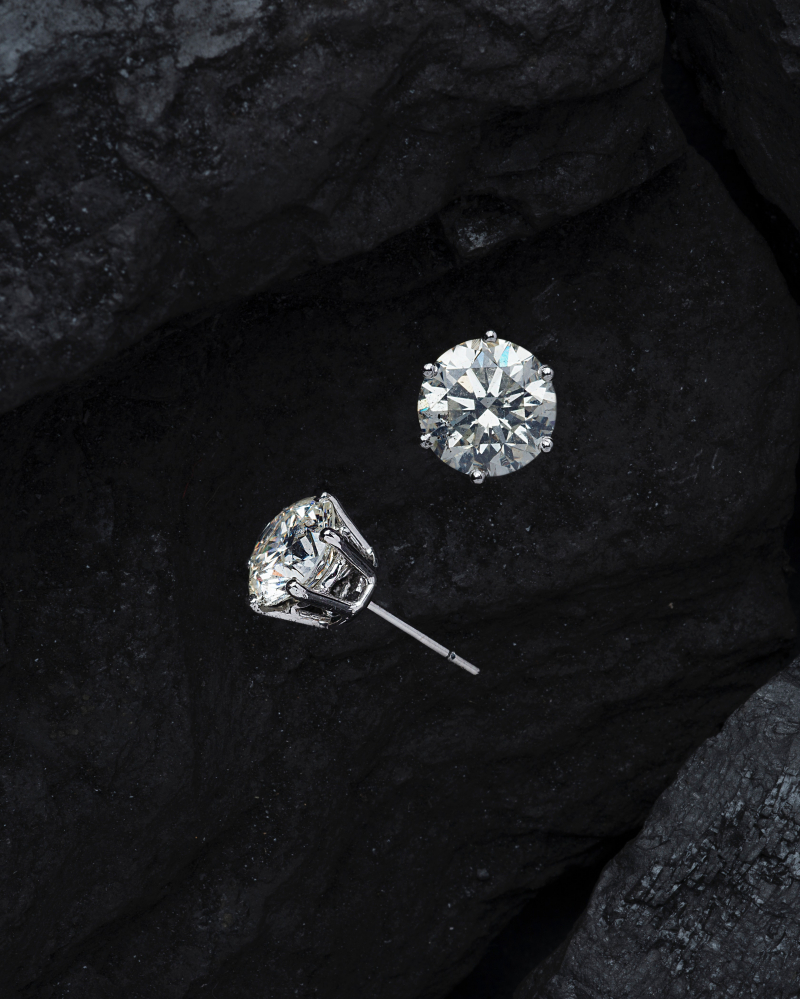
Image by say straight via pexels.com -
Saffron is praised for the vivid yellow color and distinctive flavor it can impart to food when cooked. It is derived from the stigma of crocus plants. They have been raising it for a very long time. It continues to be the priciest spice in the world, even after all these time. A kilogram, or slightly more than two pounds, costs about $11,000.
Saffron is extremely expensive, in part due to the challenging harvesting process. Around the world, there are countless flower fields, but the plant-growing regions of the middle east and Europe stand out. But the harvesting season lasts just a few weeks. Additionally, since 150 blossoms must be collected to yield only one gram, the process is constantly pressed against the clock.
You would need to gather 75,000 plants, or the equivalent of an entire football field, in order to obtain half a kilogram of dry saffron. The spice's flavor is hardly audible, so all of it is mainly for color and fragrance.- Cost: $11,000 per kilogram
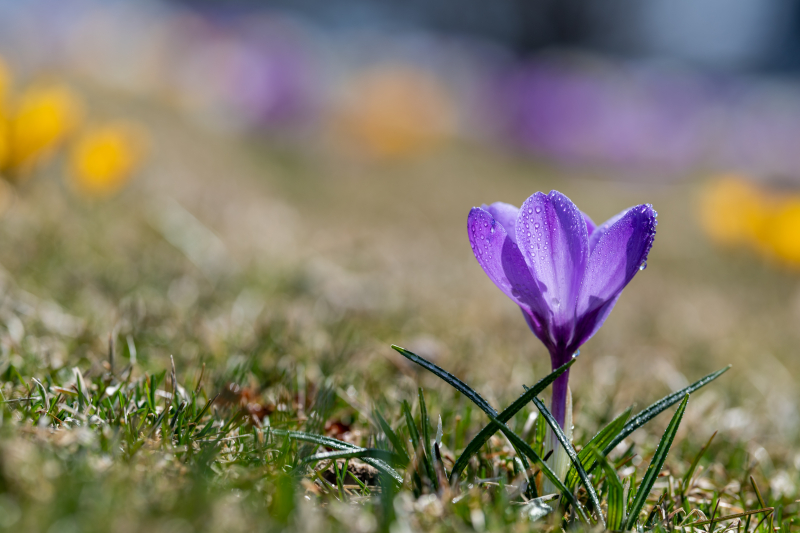
Image by Skyler Ewing via pexels.com 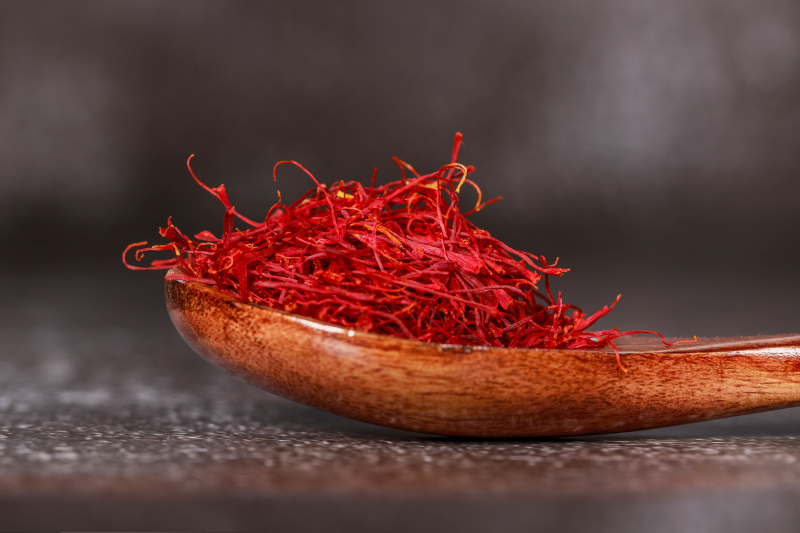
Image by Victoria Bowers via pexels.com -
Anyone who buys medicine out of their own pocket is aware that some prescriptions might have completely absurd pricing. Even if insurance partially covers the fees, you can still receive the short end of the stick. Zolgensma has the highest cost per dose of any medication in the world, nevertheless.
One benefit of Zolgensma, a gene therapy used to treat pediatric spinal muscular atrophy, is that it only requires one dose per patient. The medication comes in a little 5.5 milliliter bottle in a box, and a doctor just estimates the amount depending on the child's body weight, as you'd anticipate, and injects the medication. The cost of a dose, which is roughly $2.1 million, is a drawback.Even while outrageous drug costs frequently make the news, none come close to Zolgensma's. When Turing Pharmaceuticals increased the cost of Daraprim from $20 to $750 per dose, there was a scandal. To be fair to Zolgensma, though, this is a single dose, and it may be able to prolong a child's life when their prognosis was previously grim. The majority of affected youngsters did not live to see their fourth birthday. Some people have experienced long, fulfilling lives with their own children and even grandkids after receiving the appropriate care.
- Cost: $2.1 million per dose
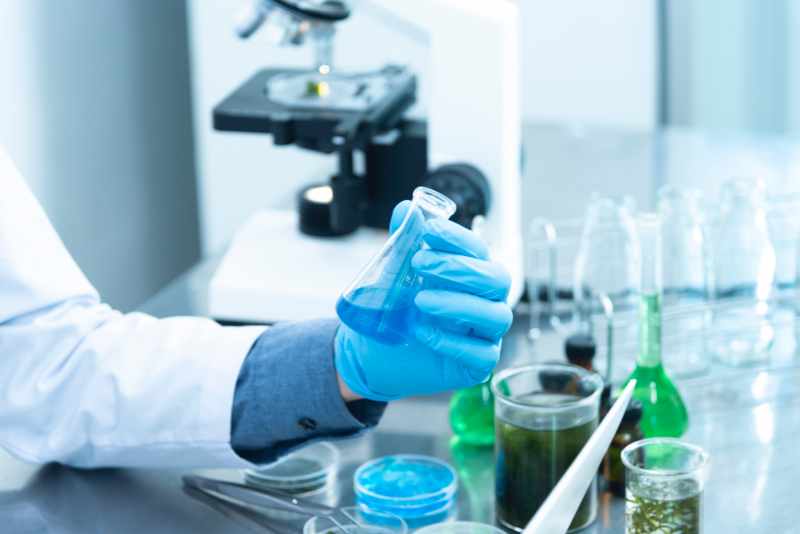
Image by Chokniti Khongchum via pexels.com 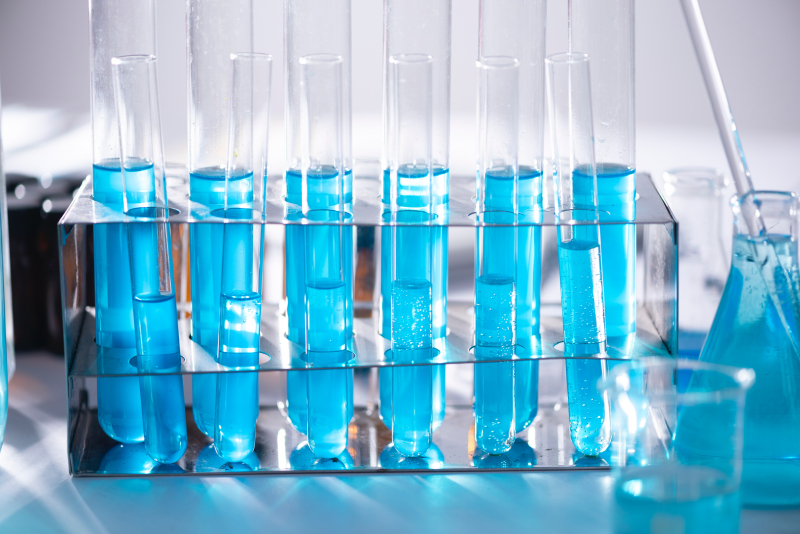
Image by Chokniti Khongchum via pexels.com -
Tritium is one of the most costly substances that the typical person has probably never heard of but has nonetheless undoubtedly seen, costing $30,000 per gram with costs anticipated to reach $200,000 in the future. Numerous items that glow green are produced, including tritium-made watch dials.
Tritium is an extremely uncommon radioactive hydrogen isotope that does occasionally appear in nature. Similar to how The Fantastic Four acquired their abilities, it must form in the atmosphere after being exposed to cosmic rays. Fortunately for fans of light-up watches, it can also be created artificially on Earth. All you have to do is use a nuclear reactor to irradiate some lithium.Tritium has been used in a variety of medical equipment, munitions, and other things besides self-illuminating lights. Additionally, it is used as nuclear fuel in tokamak reactors, which are among the world's safest nuclear power plants.
- Cost: $30,000 per gram
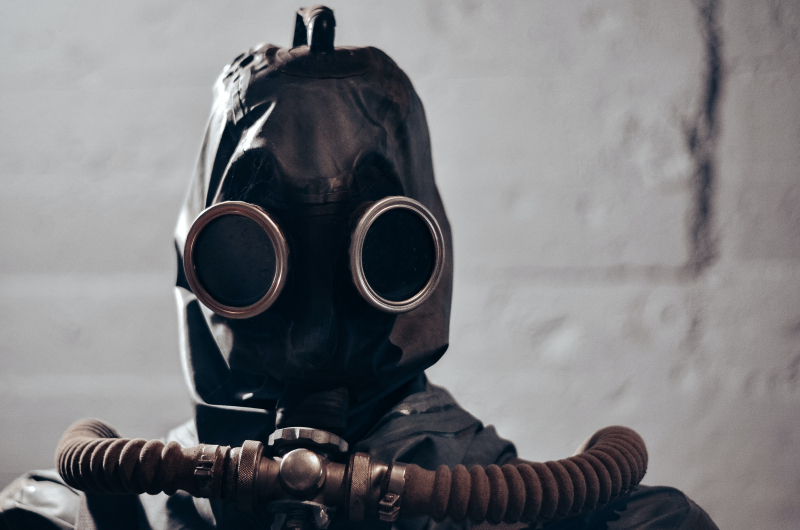
Image by Kristina Chuprina via pexels.com 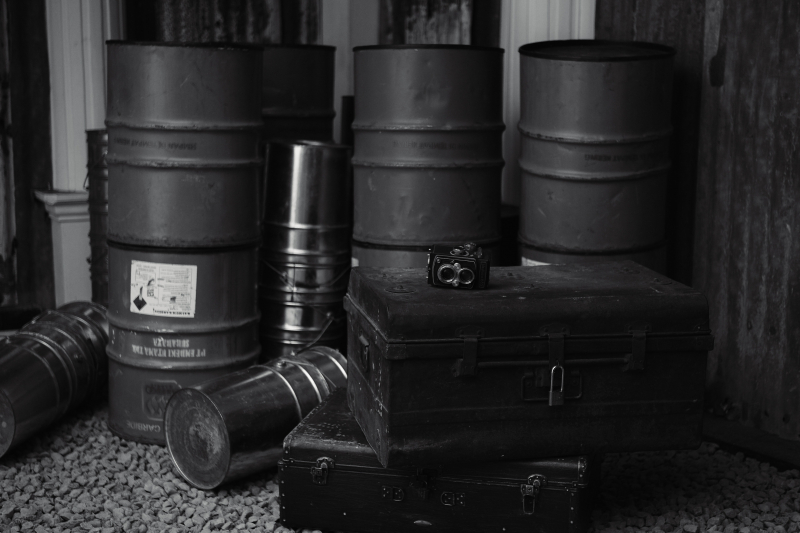
Image by Najafi Aazra via pexels.com -
If you've ever considered remodeling your home and possibly include some wood accents in the process, you are aware that not all wood is created equal. Compared to oak or cherry wood, certain knot-filled pine planks are much more affordable. Agarwood can be used if you truly want to go all out.
There is no such thing as an agar tree, and few people have ever heard of agarwood. There are just over a dozen various species of aquilaria trees, of which it derives, and you can find them in Indonesia, Thailand, Laos, and other countries in that region.
Phialophora parasitica, a fungal mold, must invade the heartwood of an aquilaria. This may occur if the tree sustains some sort of harm, exposing the interior and its otherwise inconspicuous wood. The tree attempts to defend itself by releasing resin once the fungus has taken hold. It is comparable to how white blood cells are produced in people to fend against infection. Over a period of time, this resin will soak up the heartwood and transform it into agarwood.
Because of its dark hue and strong fragrance, agarwood became highly treasured by the natives. Incense and other uses where the aroma and color might be appreciated were among its many uses. The agarwood must be manually carved, therefore the technique is not straightforward. And for this reason, the price of agarwood is so outrageous, with some top-shelf specimens fetching over $100,000 per kilogram.- Cost: $100,000 per kilogram
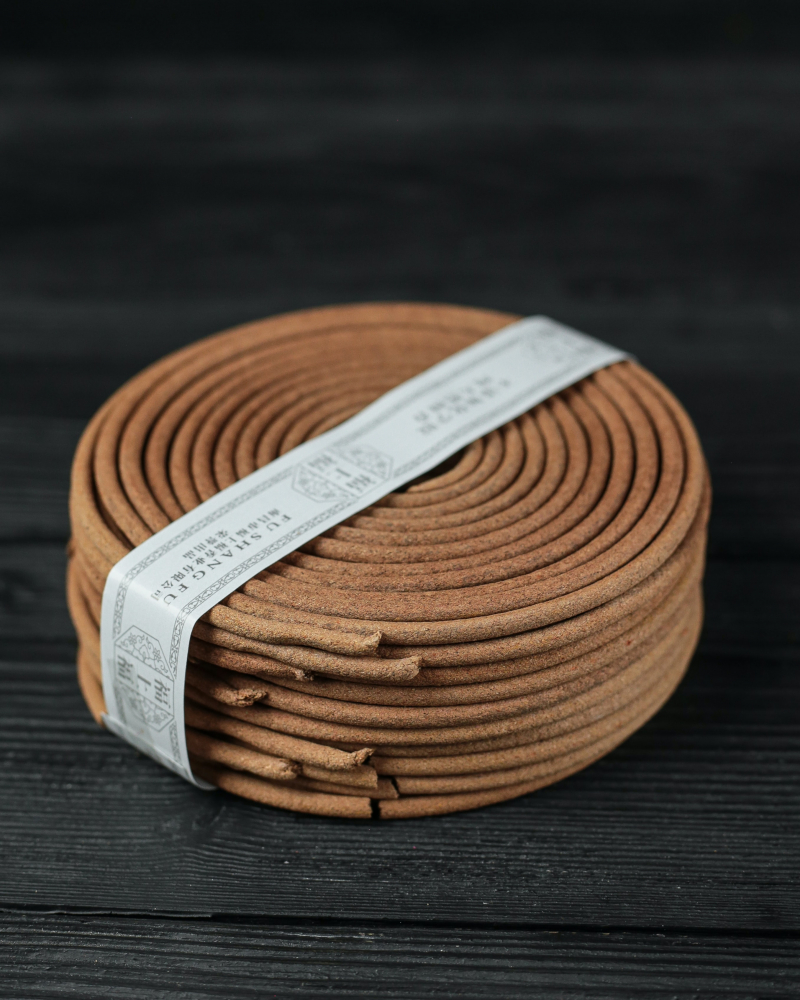
Image by petr sidorov via unsplash.com/ 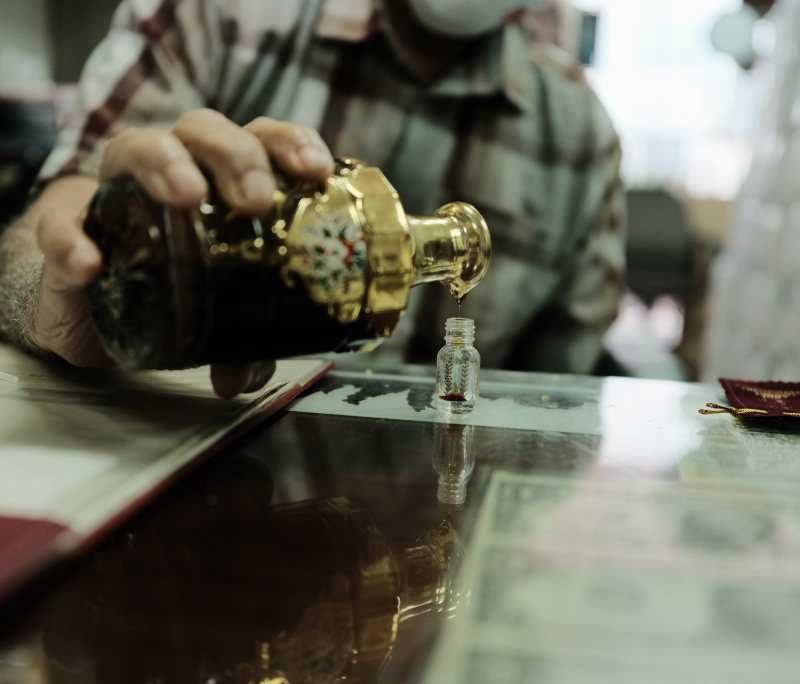
Image by Galen Crout via unsplash.com -
Horseshoe crabs are typically disregarded because they resemble ancient fossils. Since they aren't truly crabs, they aren't threatening and don't even have claws. Although it happens sometimes, there are some regions of the world where crab eggs are consumed. A horseshoe crab's blood is its main selling factor in the eyes of humans.
Horseshoe crab blood, which is vivid blue in color and has some surprising medicinal benefits, has become highly sought-after, with prices reaching $60,000 per gallon, particularly during the race to develop a coronavirus vaccine.The presence of a substance known as limulus amebocyte lysate, or LAL, makes blood so important. This substance enables scientists to determine whether a vaccine has been contaminated by microorganisms. LAL prevents the transmission and infection of bacteria by encasing it in a gelatinous material. That indicates that the trial-and-error method of earlier vaccination development, in which researchers would repeatedly inject rabbits and watch for results, was abandoned.
Because some data suggests that crab hunting is not as safe for the crabs as medical science wants people to believe and because the quantity of crabs in the wild is declining, efforts have been made to artificially manufacture LAL.- Cost: $60,000 per gallon
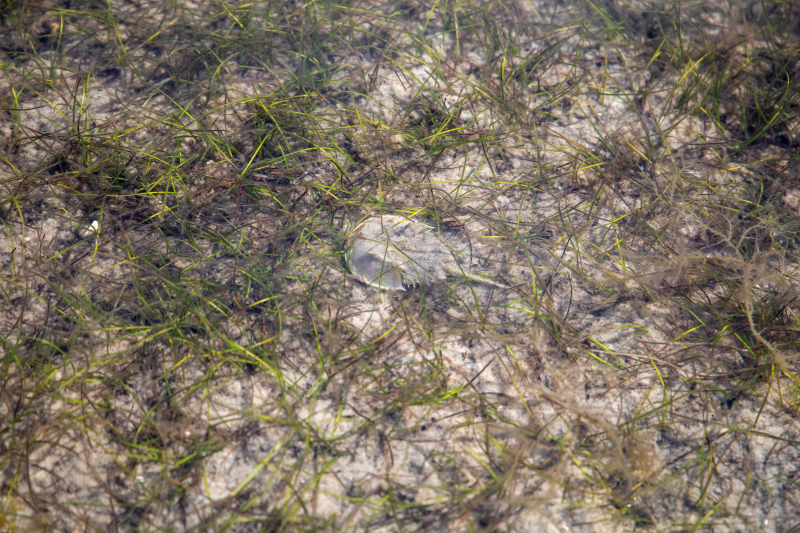
Image by The Tampa Bay Estuary Program via unsplash.com The Telegraph channel on Youtube













